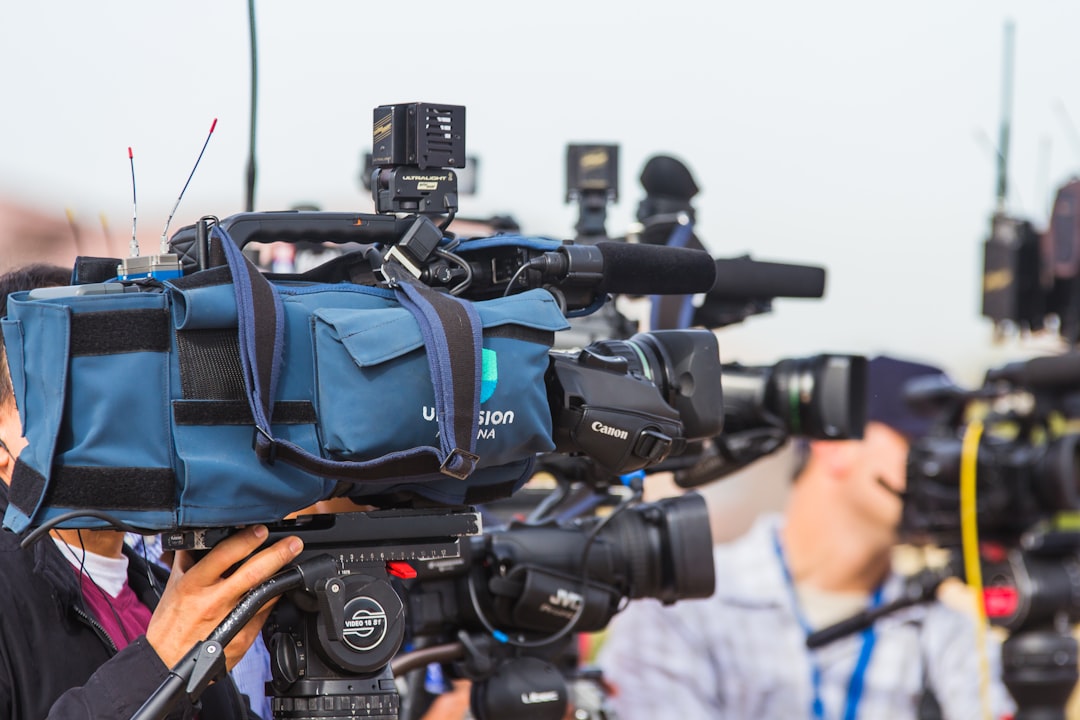Media plays a crucial role in shaping public opinion and influencing the way people perceive events, issues, and individuals. Whether through traditional forms of media such as newspapers, television, and radio, or through newer forms like social media and online news sources, the media has the power to shape public discourse and influence public opinion in a profound way.
One of the primary functions of the media is to inform the public about current events and issues. The media acts as a gatekeeper, deciding which stories to cover and how to frame them. By choosing what to report on and how to present it, the media can influence what issues are seen as important by the public. For example, stories that receive widespread coverage in the media are often perceived as being more important or more newsworthy than those that are ignored or given less coverage.
In addition to informing the public, the media also plays a role in shaping public opinion by providing analysis and commentary on events and issues. Media outlets often have their own biases and perspectives, which can influence the way they interpret and present information to their audiences. For example, a conservative news outlet may present a story in a way that supports conservative perspectives, while a liberal outlet may present the same story in a way that supports liberal viewpoints. These differing interpretations can lead to divergent opinions among the public.
Another way in which the media shapes public opinion is through its coverage of individuals and groups. The media has the power to shape how people are perceived by the public, often portraying them in a certain light based on the way they are covered. For example, a political candidate who receives positive coverage in the media is more likely to be viewed favorably by the public, while a candidate who receives negative coverage may struggle to gain support. Similarly, groups that are consistently portrayed in a negative light by the media may be stigmatized in the eyes of the public.
One of the most powerful ways in which the media shapes public opinion is through its use of framing. Framing refers to the way in which the media presents information in order to influence the way it is interpreted by the audience. By framing a story in a certain way, the media can influence how people perceive the issue and what conclusions they draw from it. For example, the media may frame a crime story in a way that focuses on the criminality of the perpetrator, leading the public to view the issue as a matter of law and order. Alternatively, the media could frame the same story in a way that highlights the social factors that may have contributed to the crime, leading the public to view the issue as a matter of poverty or inequality.
In conclusion, the media plays a crucial role in shaping public opinion by informing the public, providing analysis and commentary, shaping perceptions of individuals and groups, and using framing techniques to influence how issues are interpreted. In an increasingly digital age, the influence of the media on public opinion is more pronounced than ever before. It is essential for media consumers to be aware of these influences and to critically evaluate the information they receive in order to form their own informed opinions.

